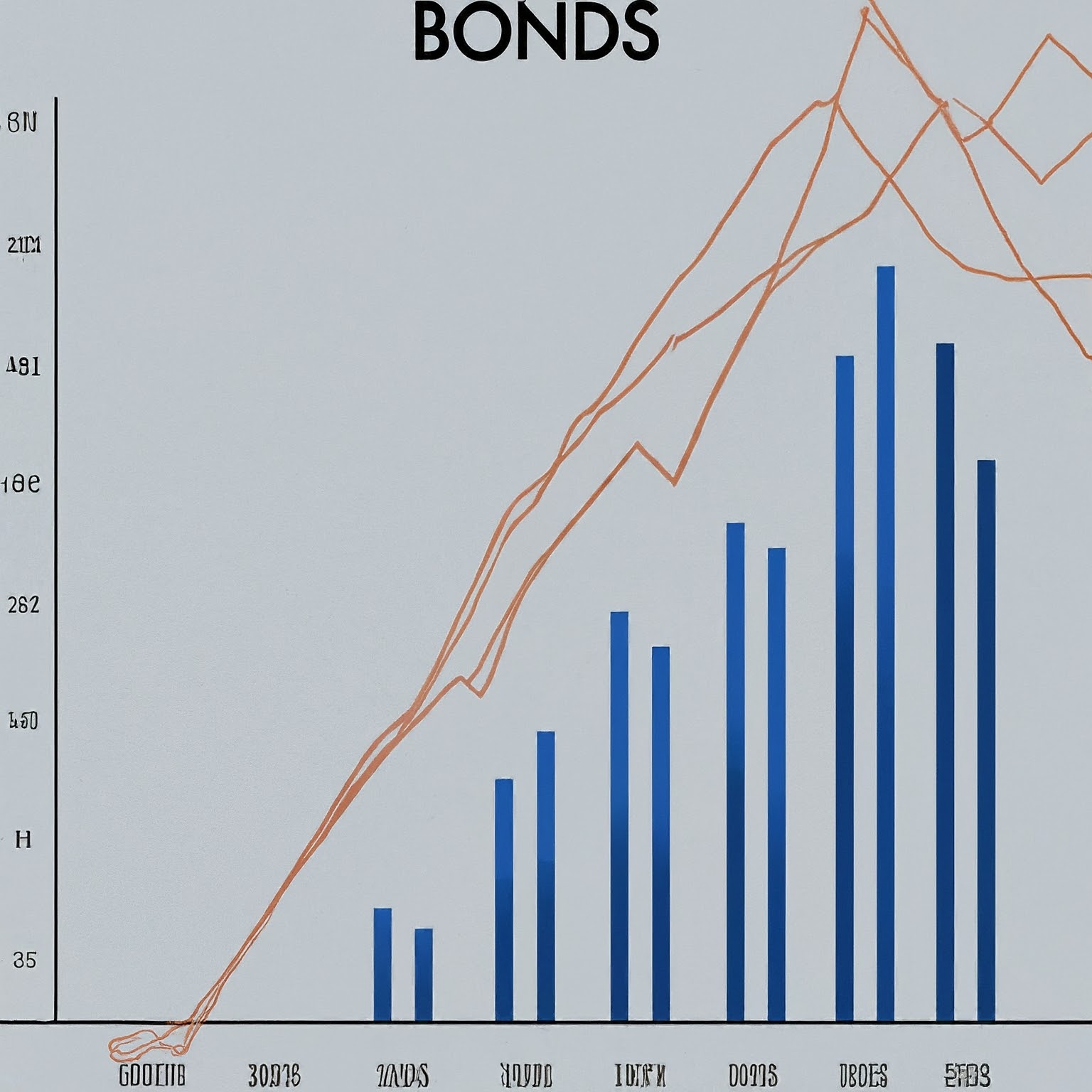Bonds are a key component of many diversified investment portfolios. They offer stability and can provide a reliable income stream, making them an essential element for risk management.
Types of Bonds:
- Government Bonds: Issued by national governments, these are considered low-risk and are often used to stabilize a portfolio. Examples include U.S. Treasury bonds and government bonds from other stable economies.
- Corporate Bonds: Issued by companies, these bonds generally offer higher yields compared to government bonds but come with increased risk based on the company’s creditworthiness.
- Municipal Bonds: Issued by states, cities, or local governments, these bonds often provide tax advantages and are used to finance public projects.
Role in Portfolio Diversification:
- Income Generation: Bonds provide regular interest payments, which can be an essential source of income, especially for retirees or conservative investors.
- Risk Mitigation: Bonds typically have lower volatility compared to stocks, providing a buffer against stock market fluctuations and contributing to overall portfolio stability.
- Capital Preservation: High-quality bonds, particularly government bonds, are less likely to lose value, helping to preserve capital over the long term.
Considerations for Bond Investment:
- Interest Rate Risk: As interest rates rise, bond prices may fall. It’s important to consider the interest rate environment when investing in bonds.
- Credit Risk: Assess the credit quality of the issuer to gauge the likelihood of default. Higher yields often come with higher credit risk.
- Inflation Risk: Inflation can erode the purchasing power of bond interest payments. Inflation-protected securities, such as Treasury Inflation-Protected Securities (TIPS), can help mitigate this risk.
Conclusion: Bonds play a crucial role in a diversified investment portfolio by providing stability, income, and capital preservation. Understanding the different types of bonds and their impact on your portfolio can help you make informed investment choices and manage risk effectively.



